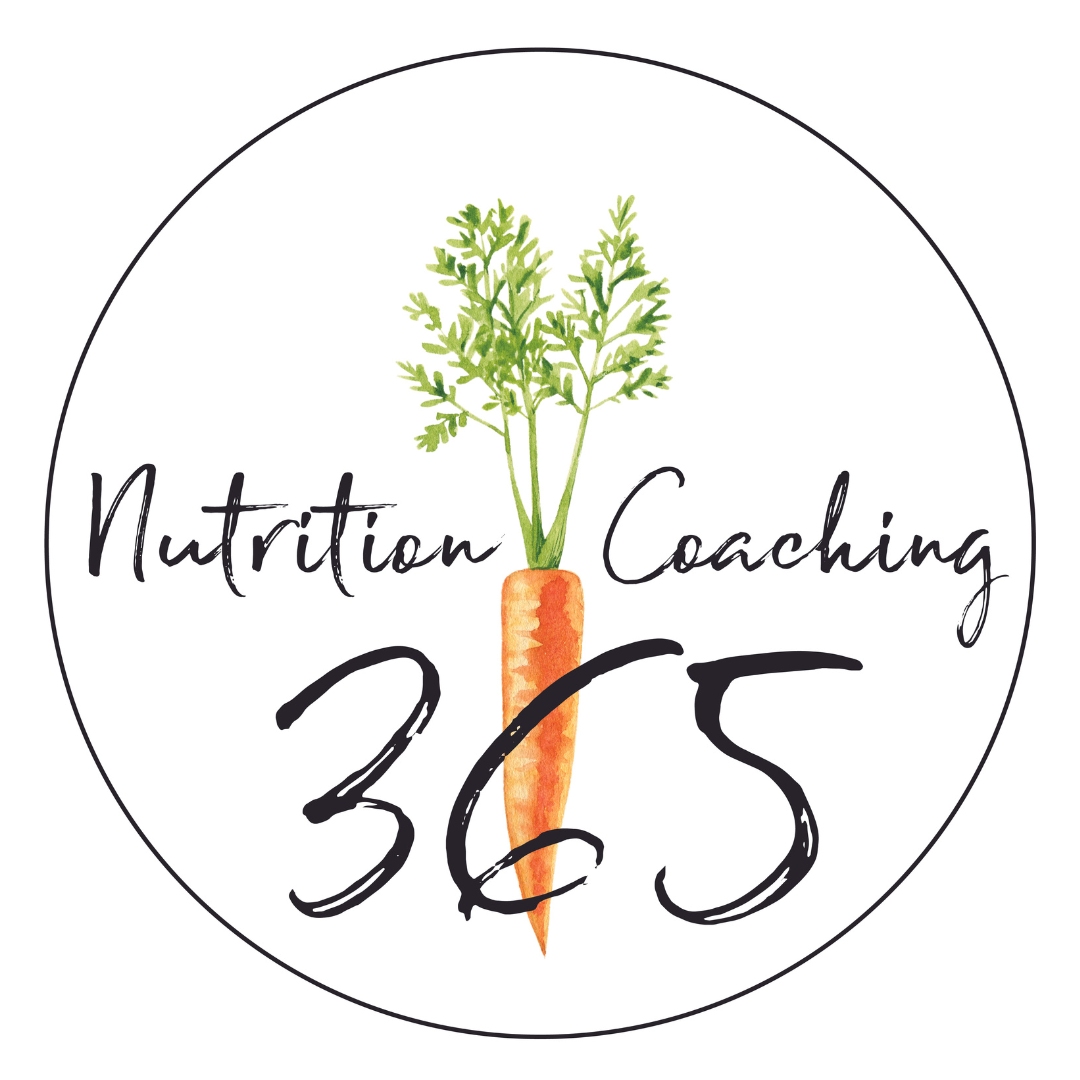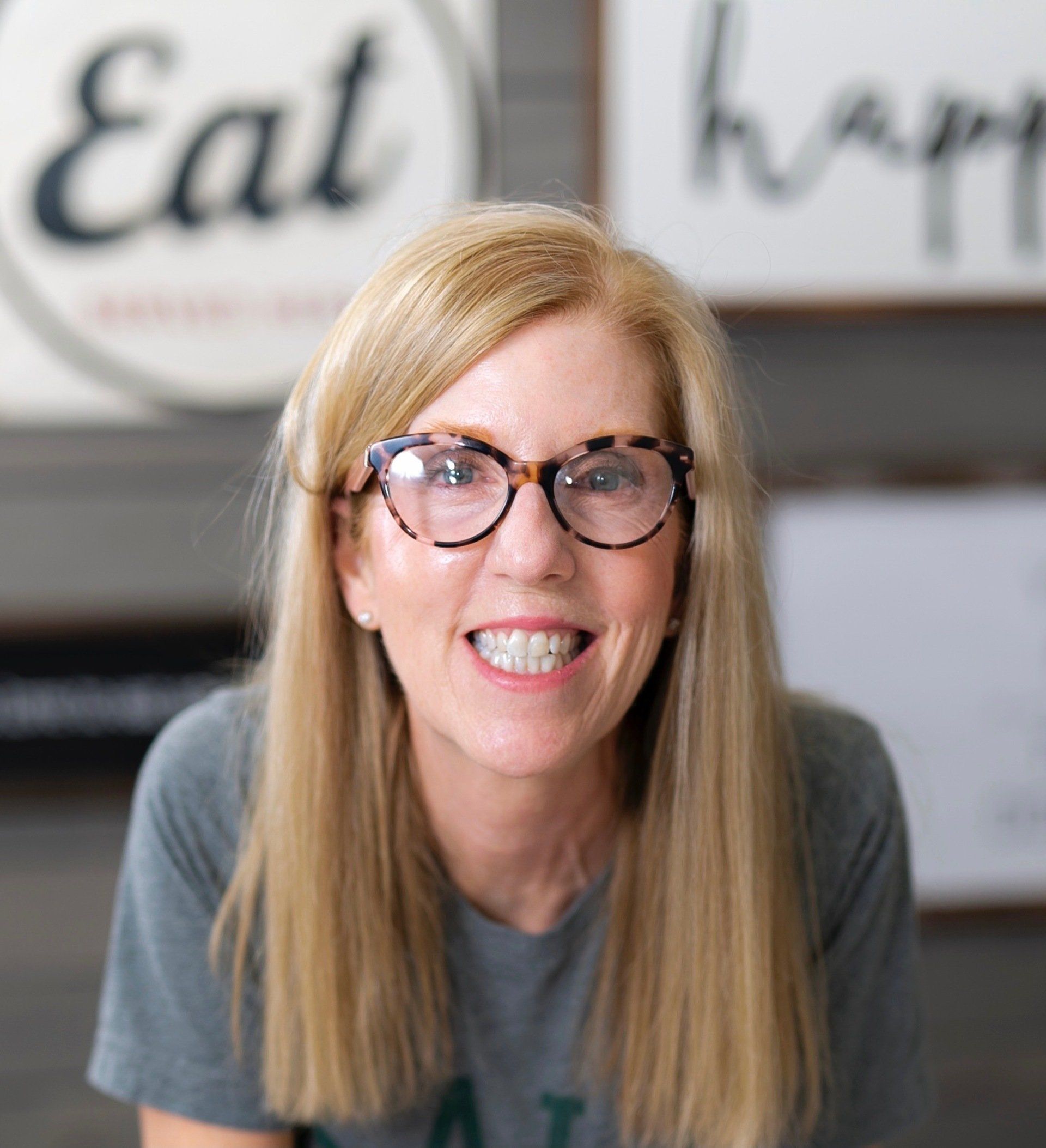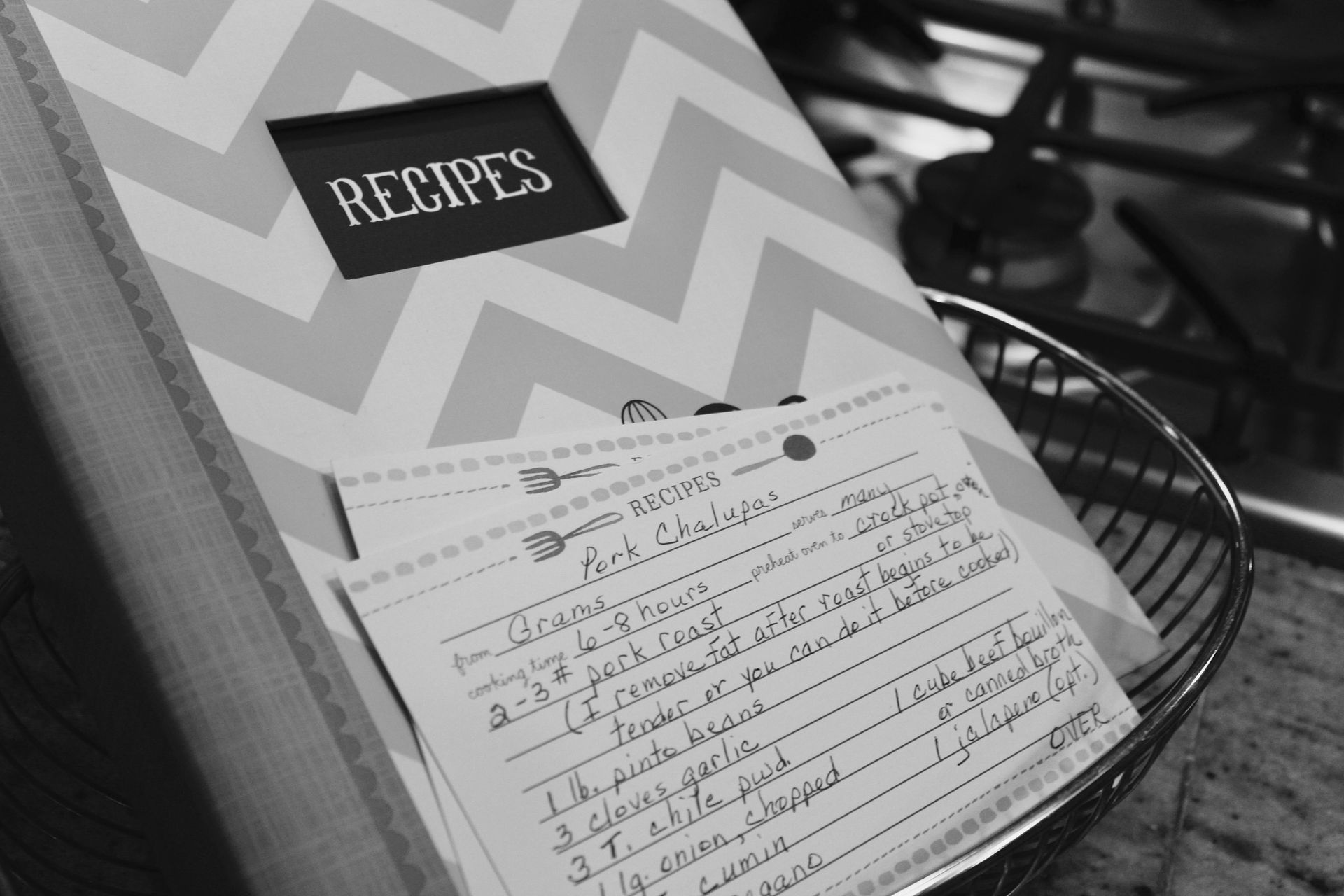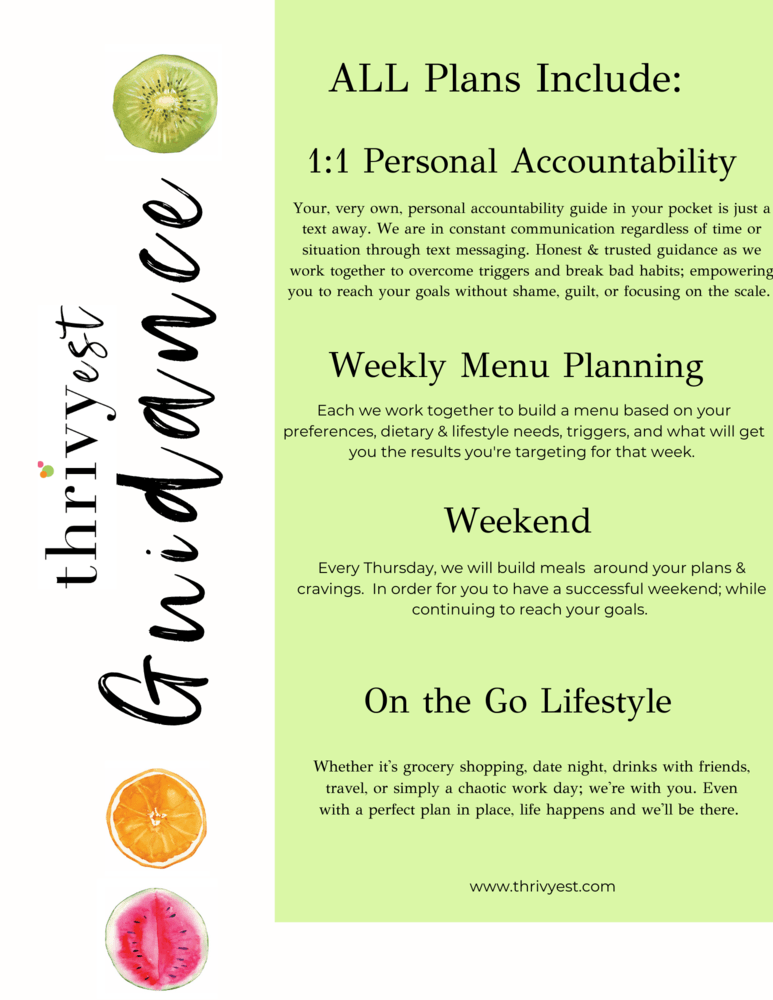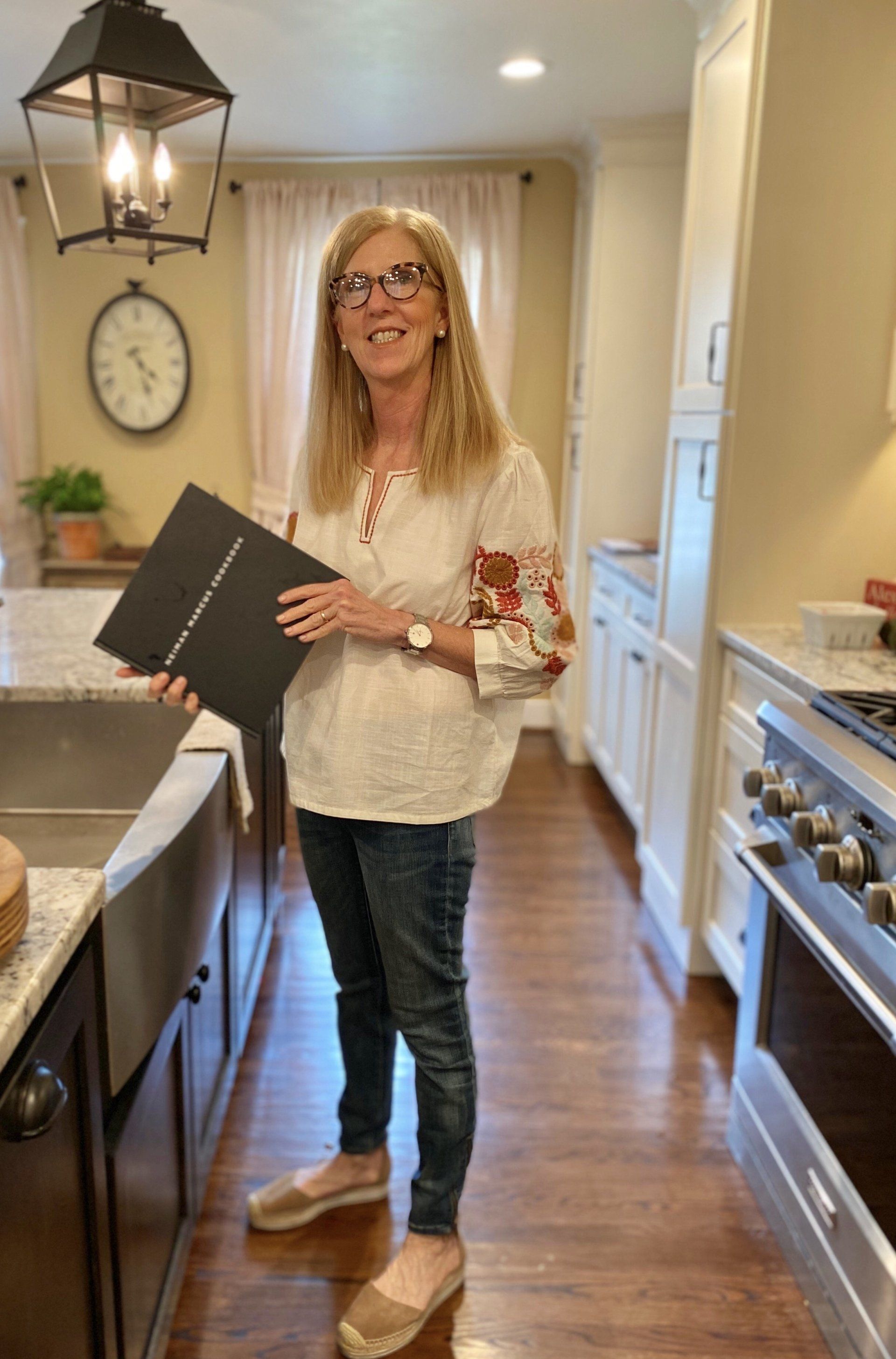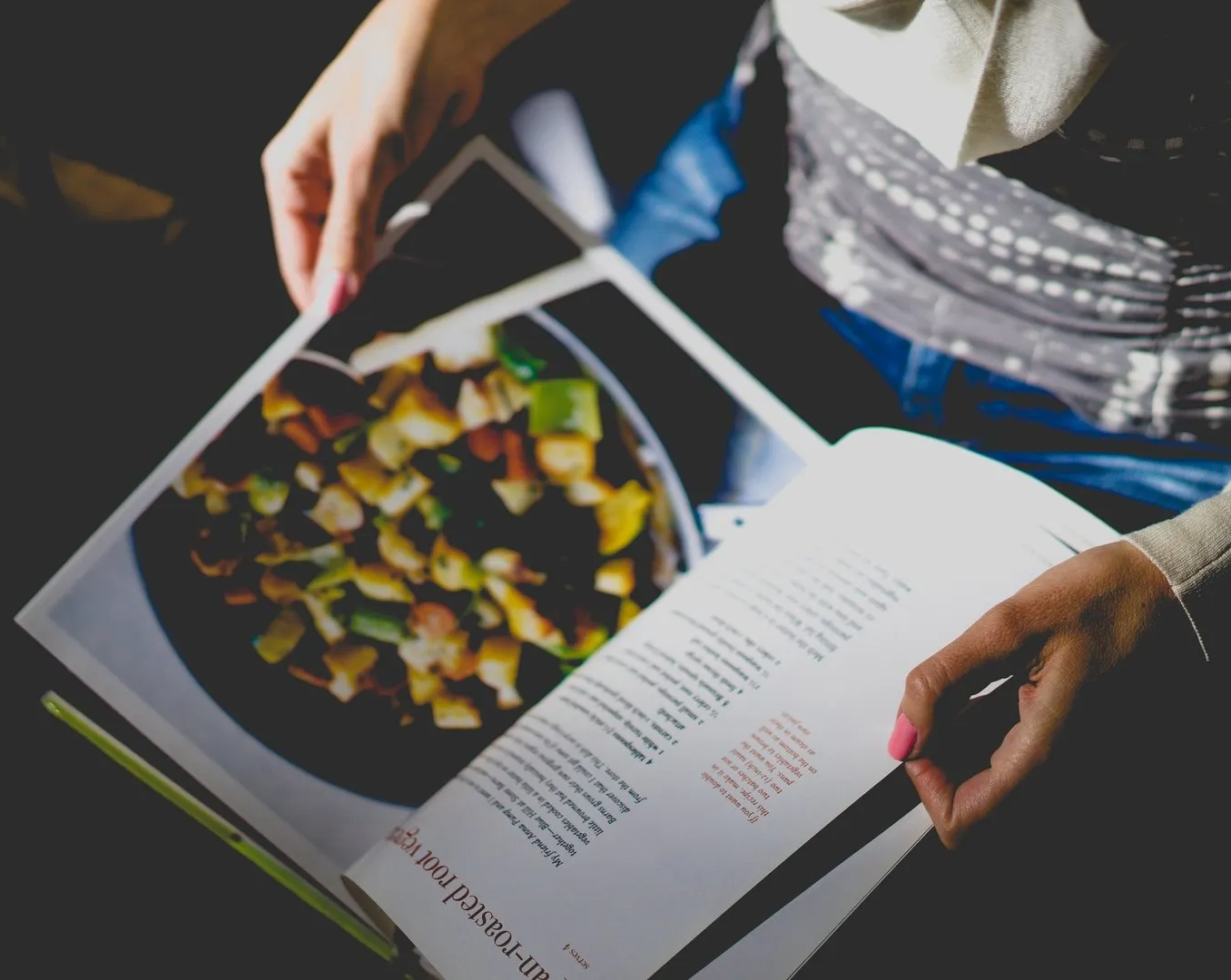The Holidays & the Kids are Coming Home!
How to Keep Your Nutrition On Track During Thanksgiving
Learn how to stay healthy when the kids are back home for Thanksgiving with these easy-to-follow tips. Enjoy the holidays guilt-free with simple nutrition boundaries that help you savor family time.
When the Empty Nest Fills Up Again
When your adult kids return home for Thanksgiving, it’s a joyful reunion. The house feels alive again with laughter, late-night conversations, and the fun of cooking favorite family meals. But for many moms, this excitement comes with challenges—especially around food and overeating. The holiday season brings with it traditions and indulgences, which can make it difficult to stick to healthy eating habits, let alone some of the family drama that tends to ignite.
If you find yourself reaching for comfort foods during the holidays—whether from stress, nostalgia, or just wanting to make family gatherings special—you’re not alone. The emotional rollercoaster of having the kids home can make it tricky to stay on track with your healthier habits, & nutrition goals. Let me help you set realistic nutrition boundaries and create balanced meals that let you enjoy every moment of Thanksgiving guilt-free.
The Emotional Pull of Family Traditions:
Why Moms Struggle with Overeating
As a mom, it’s natural to want to shower your family with love—and often that love shows up on the dinner table. But those comforting family meals that spark memories can also be loaded with extra calories, sugar, and fats. It’s easy to get caught up in preparing every nostalgic dish your kids miss while they’re away , whether they live across town or across the country. The process may leave you feeling overwhelmed and stressed, which often leads to emotional eating.
You may find yourself saying:
- “The kids are only home for a few days—I’ll eat healthier after they leave.”
- “It’s just a special holiday! A few extra treats won’t hurt, right?”
The truth is, while the holidays should be a time to indulge a little, it’s important to create balance. If you overindulge at every meal, you'll end up feeling sluggish, bloated, and even guilty—taking the joy out of the experience.
Tip #1: Set Nutrition Goals Before Thanksgiving Week Begins
Plan Ahead to Reduce Stress and Overeating
To avoid the chaos that can come with a full house and holiday meals, set some personal nutrition goals before Thanksgiving week. Decide in advance how you want to approach food—whether that means eating smaller portions, sticking to a meal schedule, or choosing specific dishes to enjoy without guilt.
Examples of Realistic Goals:
- "I’ll stick to one dessert per day."
- "I’ll have a balanced breakfast each morning, even on busy days."
- "I’ll focus on eating mindfully during meals with the family."
By having these boundaries in place ahead of time, you’ll feel more in control. Plus, discussing your goals with your family ensures they can support you—rather than unintentionally tempting you into overindulgence.
Tip #2: Get Your Family Involved in Meal Prep
Make Cooking a Shared Activity
Instead of taking on the entire Thanksgiving menu yourself, invite your kids and partner to help. Not only does this lighten your load, but it also makes meal prep more fun and collaborative. You could assign each person a dish or invite your college-age kids to try a new recipe. This shared responsibility removes some of the stress that often leads to emotional eating.
Ideas for Involving Family in Cooking:
- Host a "Chopped" challenge where everyone brings creative ideas for side dishes.
- Ask your kids to help with prepping salads or healthier appetizers.
- Encourage your family to swap out one heavy dish for a lighter, nutrient-dense option.
Not only will this create new traditions, but it will also reduce the pressure on you to prepare everything—and cut down on stress-driven snacking while you cook.
Tip #3: Create a Balanced Holiday Plate
Portion Control Without Sacrificing Enjoyment
It’s tempting to pile on mashed potatoes, turkey, stuffing, and pie. But you can still enjoy all your holiday favorites with a few strategic choices. A balanced plate ensures you get a variety of nutrients and energy without overdoing it on one food group.
How to Build a Balanced Thanksgiving Plate:
- Fill half your plate with non-starchy vegetables (like roasted Brussels sprouts, green beans, or a mixed salad).
- A quarter of your plate goes to protein (turkey, tofu, or roasted chicken).
- The final quarter can include starchy sides or grains (like mashed potatoes, stuffing, or cornbread).
This simple structure allows you to enjoy your meal while keeping portions under control. Bonus tip: Start with a plate of vegetables to help curb hunger before diving into the heavier items.
Tip #4: Don’t Skip Breakfast or Lunch on Thanksgiving Day
It’s common to "save up" calories by skipping meals earlier in the day, hoping to indulge guilt-free at Thanksgiving dinner. But this strategy often backfires, leading to overeating and exhaustion by the time dinner rolls around.
Instead, eat balanced meals throughout the day to stabilize your energy and hunger levels. A healthy breakfast might include eggs with Greek yogurt & berries. For lunch, aim for lean protein and vegetables—like a grilled chicken salad or a vegetable-packed open-faced sandwich.
By nourishing yourself throughout the day, you’ll arrive at the Thanksgiving table feeling satisfied, not ravenous. This helps you make better food choices and avoid overindulgence.
Tip #5: Find Non-Food Ways to Manage Stress
When the house is full and there’s a lot to manage, it’s easy to turn to food as a way to cope with stress. But there are plenty of non-food strategies that can help you relax and feel in control during the holidays.
Ideas for Managing Holiday Stress Without Food:
- Take a Walk: Step outside for a 10-15 minute walk to clear your mind.
- Practice Deep Breathing: A few minutes of slow, mindful breathing can calm your nervous system.
- Connect with a Friend: Call or text a close friend for a quick emotional check-in.
- Journal Your Thoughts: Write down what’s stressing you out and brainstorm solutions.
By developing a go-to list of stress-busting activities, you’ll be less likely to reach for food when emotions run high.
Tip #6: Give Yourself Permission to Enjoy—Without Guilt
Enjoying Holiday Food in Moderation.
Guilt often creeps in after indulging in rich holiday meals. But beating yourself up for eating a slice of pie or an extra helping of stuffing will only make you feel worse. Instead, embrace the mindset that holidays are meant to be enjoyed.
The key is moderation. If you treat yourself without guilt, you’ll likely find that one dessert or indulgent meal satisfies you. On the other hand, feelings of guilt can lead to emotional eating, where you consume more food to suppress negative emotions.
Tip #7: Schedule “Me Time” After the Holiday Rush
After the holiday festivities, it’s essential to reconnect with yourself and your personal goals. As the kids head back, take time to reflect on the holiday experience. Did your nutrition plan work? Were there moments where you felt overwhelmed? Use these reflections to adjust your strategies for future family visits.
Some self-care ideas for after Thanksgiving:
- Treat yourself to a yoga class or massage.
- Get back into a regular workout routine you enjoy.
- Plan simple, healthy meals for the following week to reset.
This post-holiday self-care ensures that you stay on track with your goals, even after indulging over the holiday.
Enjoy Thanksgiving Without Sacrificing Your Health
Having the kids home for Thanksgiving is a time to create memories and enjoy family traditions—but it doesn’t have to derail your nutrition. By setting realistic goals, involving your family in meal prep, creating balanced plates, and managing stress, you can enjoy the holiday without guilt. Remember, it’s not about perfection—it’s about finding a healthy balance that lets you savor every moment with your loved ones.
With a little planning and self-compassion, you’ll make it through Thanksgiving feeling nourished, both physically and emotionally. So go ahead—enjoy that slice of pie with your family, knowing that you’re in control of your health and happiness.
YOU ARE CAPABLE OF LIVING YOUR HEALTHIEST & HAPPIEST LIFE.
If you’re looking to create healthy habits to gain more energy, improve your sleep + shed a few pounds, you’ve landed in the right place.
Recent Posts
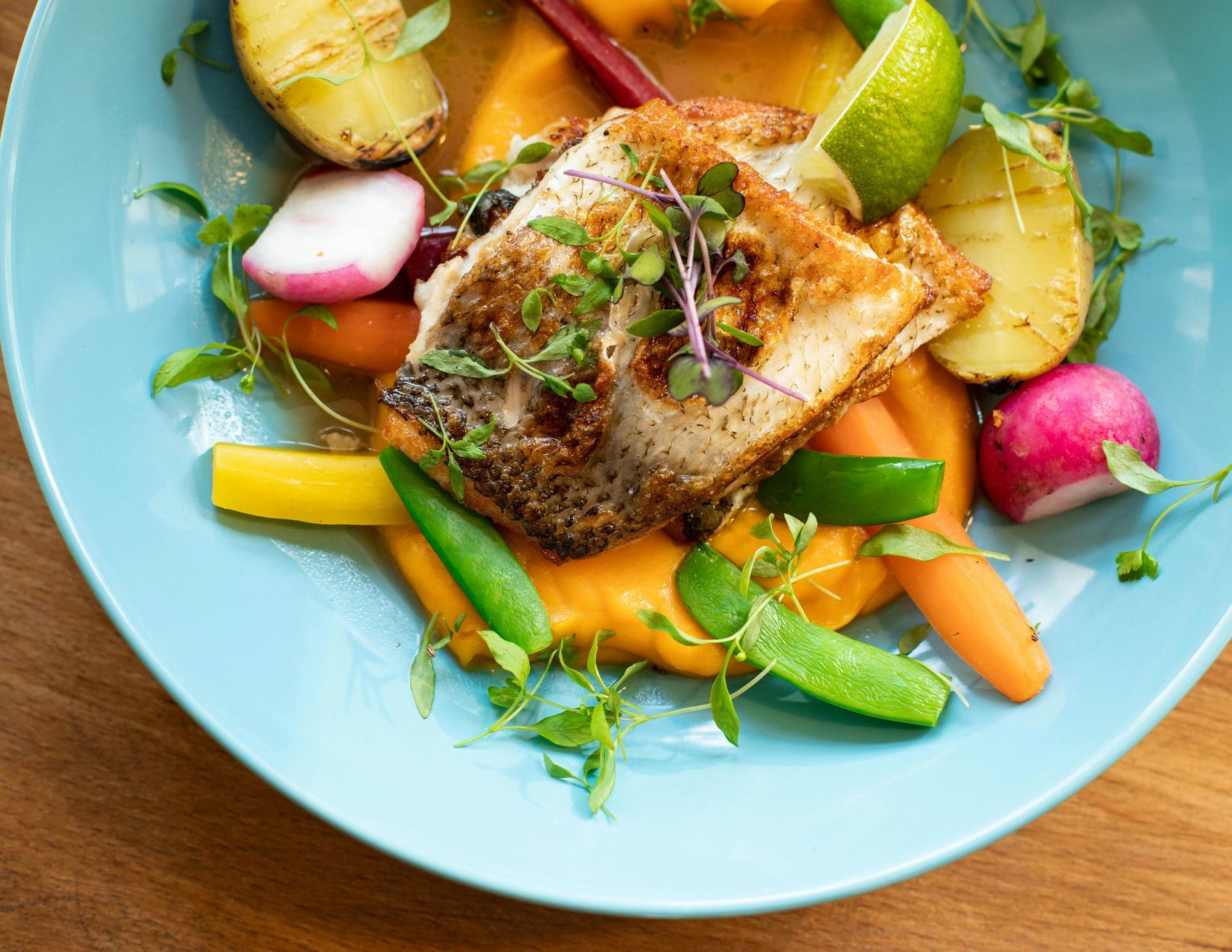
Meet Emily
I love encouraging + inspiring others to reach their healthiest lives through food, fitness + gratitude. As a holistic nutritionist + the founder of Thrivyest, I am passionate about creating habits to help you to live longer + thrive. To thrive in body, mind + soul through personalized, simple + practical steps ensuring you gain more energy, clarity + confidence! Let's connect!
"The difference between where you are and where you want to be is what you do" Bill Phillips
Even health coaches use cookies to help our website run effectively! By using this website, you agree to our use of cookies
